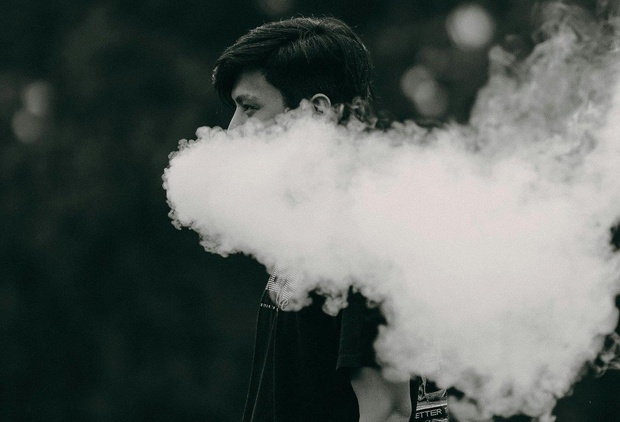The University of Otago research team explored how adolescents aged 16-17 who vape obtain e-cigarettes and their experiences with them.
The team, which included Katie Frost, a Dunedin School of Medicine student, Dr Jude Ball and Dr Michaela Pettie, reported on in-depth interviews with 30 participants from two separate samples of young people who vape in Dunedin and Wellington.
The results, published in the international journal Nicotine & Tobacco Research, highlight the need for stronger vape retailer monitoring and enforcement efforts, along with additional measures to disrupt social supply.
Anna Graham-DeMello, a research fellow with the ASPIRE Aotearoa Research Centre at University of Otago, Wellington, who co-led the study, believes the findings enhance our understanding of why youth vaping rates continue to be unacceptably high.
“Despite it being illegal to sell e-cigarettes to anyone aged under 18, 10 per cent of youth aged 14-15 in Aotearoa report vaping every day,” Graham-DeMello says.
“Rangatahi Māori bear a heavier burden of vaping harm with 22 per cent reporting daily vaping. Both social and systemic factors contribute to this burden, and higher numbers of vape retailers in areas with a higher proportion of Māori only compounds the situation.
“Our work explains how young people obtain nicotine-containing vapes, which are known to be addictive and expose users to other health risks,” she adds.
Study findings highlight how young people are introduced to vaping at parties and social gatherings, where vapes are social accessories their peers share with them. Several also reported being offered vapes at school, work, and sporting events.
Graham-DeMello underscored how normalised sharing has become among young people who vape.
“Passing around vapes was something all of our participants did – it was just expected in social settings,” she says.
“Participants said sharing vapes helped them bond with their friends and connect to new peer groups, and it was something they’d come to rely on to make socialising easier.”
Findings also highlight the importance of ‘proxies’ (generally older friends or siblings aged over 18), who purchased vapes for underage youth.
“Many participants used proxies to purchase vapes for them, and shops are so ubiquitous that accessing vaping products wasn’t difficult.
“Once a participant found a buyer they could rely on, this person became their go-to contact and, if word spread, the proxy could end up supplying a whole underage friend group.”
Beyond supply from proxies, some participants reported relying on young ‘entrepreneurs’, who operated within their schools or online and supplied vapes and e-liquid refills for a premium. These people were widely known amongst the student body for their availability and discretion.
In addition, nearly all participants knew of ‘dodgy dairies’, or convenience shops, which sold vaping products to underage youth without proper ID checks. Several study participants had purchased at these outlets themselves (despite being under age) or knew others who had.
The routes identified, from sharing and ‘proxy’ purchasing, to youth entrepreneurs and self-purchasing, offer important insights into new policy measures that could reduce youth access.
Professor Janet Hoek, co-director of the ASPIRE Aotearoa Research Centre and senior author, says in teasing out these routes some serious gaps in current policy were identified.
“Young people are not receiving the protections they deserve,” Hoek says.
Given that many participants had successfully purchased vapes from dairies, the authors believe that stronger vape retailer monitoring and enforcement efforts are urgently needed. They support the Government’s plans to introduce escalating fines for retailers who sell to underage youth, but warn stricter penalties will only work if enforcement increases.
In addition, they believe additional measures are required to reduce vaping products’ availability, appeal, and affordability, in order to disrupt social supply.
Measures they believe require further consideration include disallowing vape product sales in generic retailers, such as dairies; capping overall retailer numbers to lower store density; disallowing any vape store to operate within 500m of schools and marae; disallowing retailer discounting and loyalty programmes; and closely monitoring the impact of ending disposable vape sales, a measure the New Zealand government has announced but not yet implemented.
















